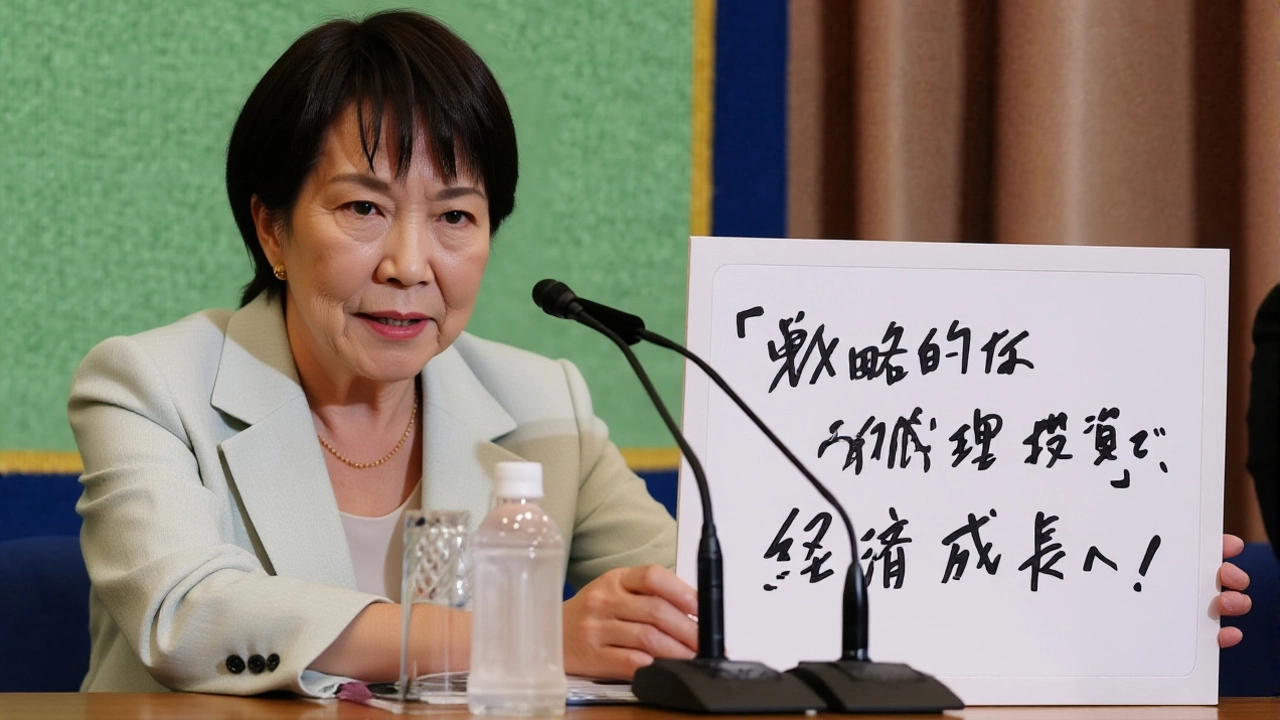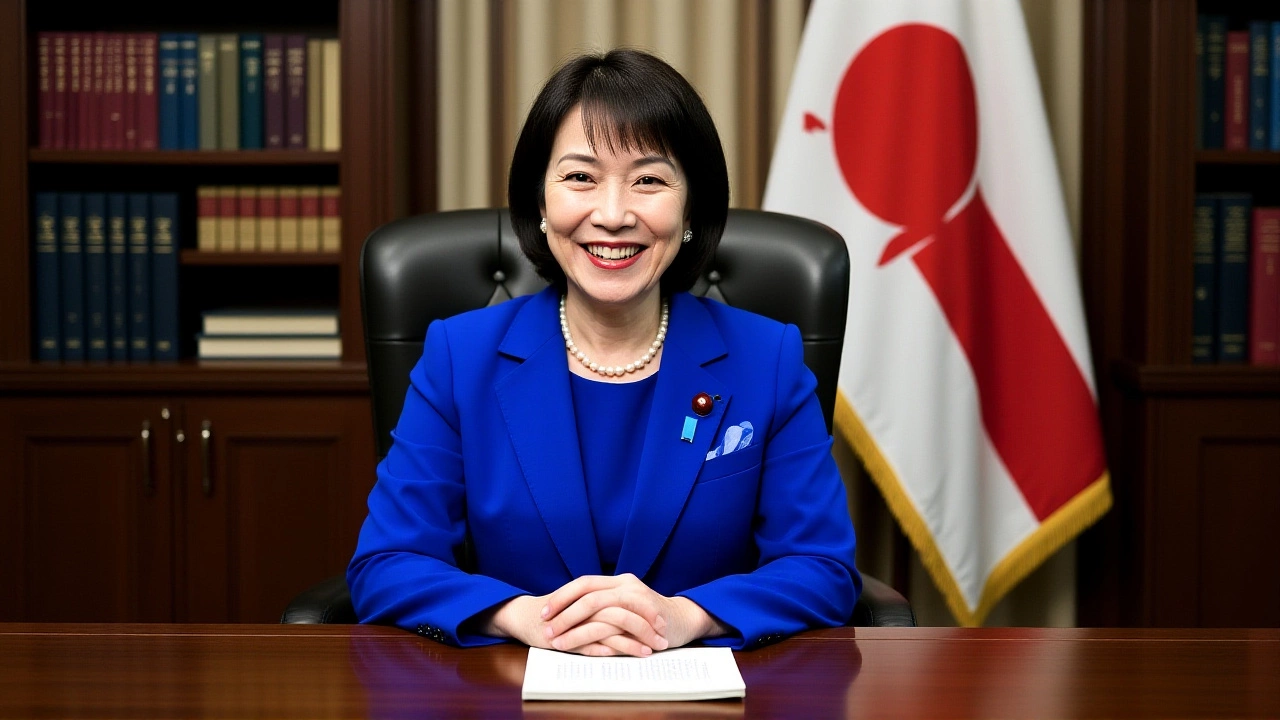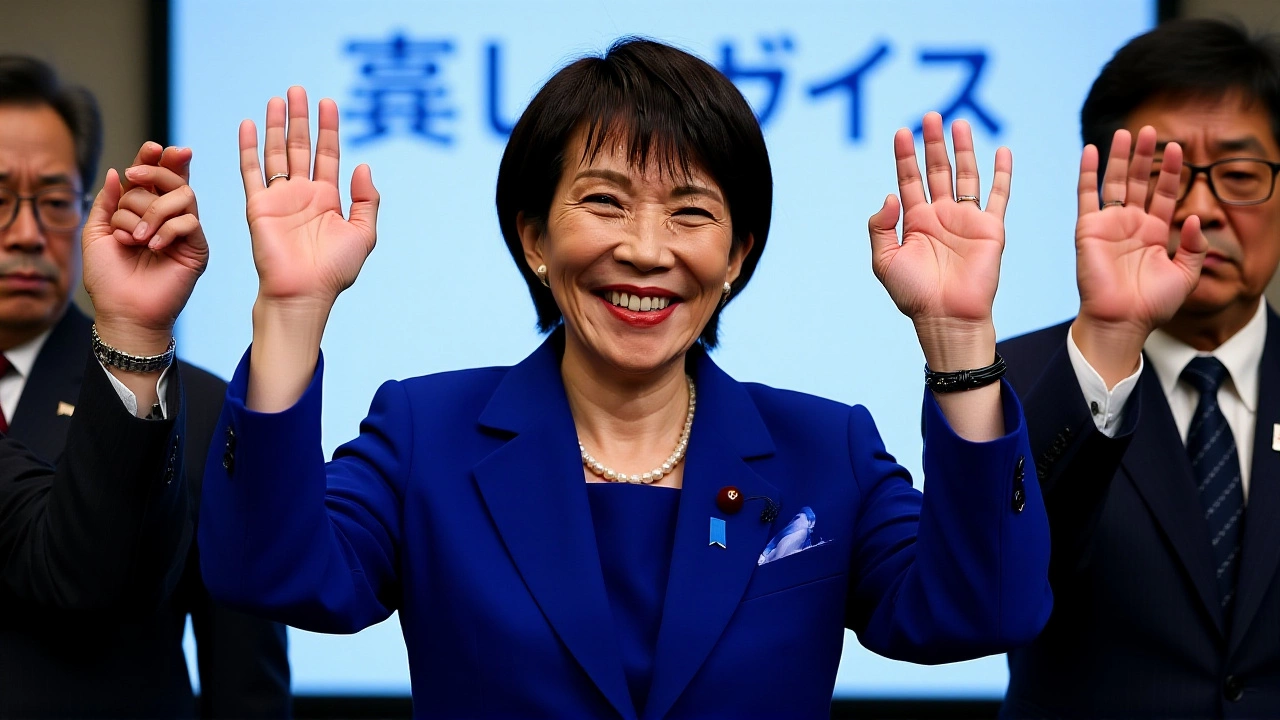On October 4, 2025, Takaichi Sanae clinched a historic victory, becoming the first woman to lead the Liberal Democratic Party and positioning herself to be Japan’s inaugural female prime minister. The 64‑year‑old former cabinet minister from Nara defeated the party’s youthful front‑runner, Koizumi Shinjirō, in a 185‑156 runoff after Prime Minister Ishiba Shigeru announced his resignation on September 7.
Why This Moment Matters
Japan’s ruling Liberal Democratic Party (LDP) has steered the nation for most of the post‑war era, usually under male leadership. Takaichi’s ascent shatters a 70‑year‑old glass ceiling and could reshape public expectations of gender roles in a society where women comprise just 10 % of cabinet posts. For many, the win is a symbolic breakthrough; for others, it signals a right‑ward tilt in policy, given her long‑standing social conservatism.
The Leadership Contest in Detail
The LDP’s internal election featured five contenders vying for 590 votes – half from Diet members and half from local party chapters. No candidate secured a majority in the first round, forcing a runoff between Takaichi and Koizumi. In the decisive second ballot, Takaichi gathered 149 votes from Diet lawmakers and 36 from prefectural chapters, while Koizumi mustered 145 and 11 respectively. The narrow 29‑vote margin underscored how divided the party’s base remains.
- First round: No clear majority among 590 votes.
- Runoff date: Saturday, October 4, 2025.
- Final tally: Takaichi 185, Koizumi 156.
- Key supporters: Rural LDP chapters, senior lawmakers.
Profiles: Takaichi vs. Koizumi
Takaichi Sanae hails from the historically rich prefecture of Nara, a fact she highlighted in campaign speeches: “I’m a woman of Nara, raised in the ancient land of Yamato.” Unlike many LDP veterans who inherit political dynasties, she grew up with two working parents and even spent a semester as a heavy‑metal drummer at Kobe University. Her résumé includes stints as Defense Minister and Education Minister, giving her a reputation as a policy‑savvy, if socially conservative, operator.
At 44, Koizumi Shinjirō represented the party’s younger, reform‑seeking wing. Widely tipped to win, his campaign banked on fresh ideas and a promise to modernise Japan’s bureaucracy. Yet many senior lawmakers balked at his limited experience, fearing a lack of gravitas on the international stage. His loss was a blow to the LDP’s "next‑gen" faction.

Reactions from the Political Landscape
Political analyst Professor Tina Burrett of Sophia University described the outcome as a "shift towards the right," noting that Takaichi’s record includes backing for traditional family structures and skepticism toward gender‑quota legislation. Burrett added, “Given her own social‑conservative stance, I don’t hold my breath for radical changes in women’s rights under her premiership.”
International observers were equally divided. Some diplomats lauded the historic gender breakthrough, while others warned that Takaichi’s close ties to the United States could bolster existing security arrangements but might also complicate trade negotiations.
Policy Outlook and Foreign Relations
During her victory speech, Takaichi pledged to honor a bilateral investment deal struck during former President Donald Trump’s administration, which lowered punitive tariffs on Japanese electronics in exchange for increased U.S. investment in Japanese infrastructure. She hinted at “reviewing the terms” only if Japan’s domestic industries felt disadvantaged, signaling a cautious approach to renegotiation.
Domestically, she plans to push forward her conservative agenda: tightening immigration rules, enhancing defense spending, and revisiting the controversial “Women’s Participation” law that encourages, but does not mandate, corporate gender‑balance targets. Critics fear these moves could stall progress on workplace equality.

What Comes Next?
If Takaichi can unite the fractious party factions, she may assume the prime minister’s office within weeks, after a formal vote of confidence in the Diet. However, her ability to navigate the LDP’s internal power brokers—particularly the influential “fukujin” (political families)—will determine whether she can actually implement her policy blueprint. Watch for the upcoming cabinet reshuffle, expected in early November, which will likely reveal which veteran ministers stay and which newcomers get a seat at the table.
For Japanese citizens, especially women who have long demanded greater representation, the symbolism of a female LDP leader is undeniable. Yet the real test will be whether her tenure translates into substantive changes for gender equity, economic reform, and Japan’s role on the world stage.
Frequently Asked Questions
How might Takaichi Sanae's leadership affect Japan's foreign trade policy?
Takaichi pledged to honor the existing investment deal with the United States that lowered tariffs on Japanese tech products. While she signaled openness to “review” the terms, experts expect any renegotiation to focus on protecting Japan’s strategic industries rather than expanding market access. This could mean a steadier, if not more protectionist, trade stance in the short term.
What does Takaichi's election mean for gender equality in Japanese politics?
Symbolically, the win shatters a decades‑long glass ceiling, giving women a visible role model at the highest party level. Practically, however, her conservative record—opposing aggressive gender‑quota laws—suggests limited policy shifts. The real impact will hinge on whether she uses her platform to champion legislation that expands workplace equality.
Why did senior LDP members favor Takaichi over the younger Koizumi?
Veteran lawmakers valued experience and a proven track record in cabinet roles. Koizumi’s relative youth and limited policy‑making background raised concerns about his ability to command respect abroad and manage intra‑party factions. Takaichi’s long‑standing ties to the party’s traditional base tipped the scales in her favor.
What are the next steps before she can become prime minister?
After the LDP’s internal vote, the party must secure a confidence vote in the National Diet. Assuming no major rebellion, that vote is expected within two weeks. A formal cabinet appointment and a swearing‑in ceremony would follow, officially making her Japan’s first female prime minister.
How does Takaichi’s personal background contrast with typical LDP leaders?
Unlike many LDP figures who hail from political dynasties, Takaichi grew up in a middle‑class household with both parents working. Her stint as a heavy‑metal drummer at Kobe University adds a quirky, non‑political flair rarely seen among Japan’s elite, underscoring her ‘outsider‑within’ reputation.






